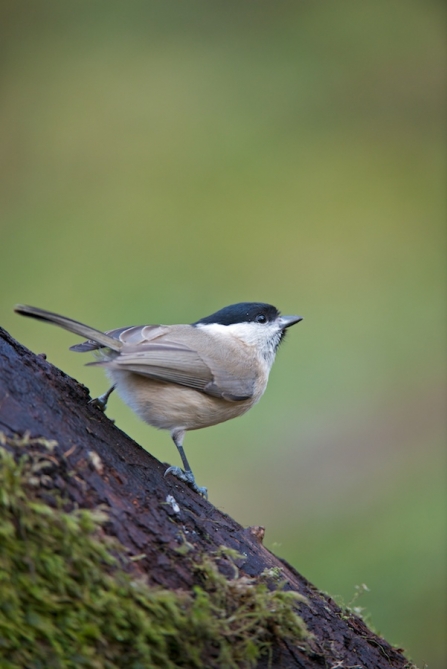Despite its name, this is predominantly a woodland species. It is similar in size to a blue tit, but far less flamboyant in colour. That said, its shiny black cap and bib, offset by a pale belly and buff back, ensure a smart appearance. One that, alas, is increasingly hard to spot in Essex – but at least its status is better than a near identical twin, the Willow Tit, which is likely to have been extinct in the county for a decade or so.
Brookes, which includes 40 acres of ancient woodland, is a reliable place to see marsh tit, which love the mix of ash, oak, hornbeam, birch and lime trees, plus the relatively damp undergrowth. This bird first revealed itself by a surprisingly loud call, before emerging into view high in the canopy, busily foraging through the trees with a mixed tit flock, predominantly made up of pretty long-tailed tits, with their lovely pink, black and white plumage.
Brookes, which is found off the lane between Stisted and Greenstead Green, will be an especially lovely place to visit in the coming months, when a beautiful array of violets and primroses – already emerging – carpet the woodland floor, together with more unusual flowers, such as yellow archangel. There are also several rare wild service trees to admire.
As well as marsh tit, it is a good site for nuthatch, which is fairly unusual in this part of Essex.
Accessible at all times, there is a network of historic green lanes to walk and one bridleway – but, like most of the county at the moment, the paths are exceptionally muddy.


